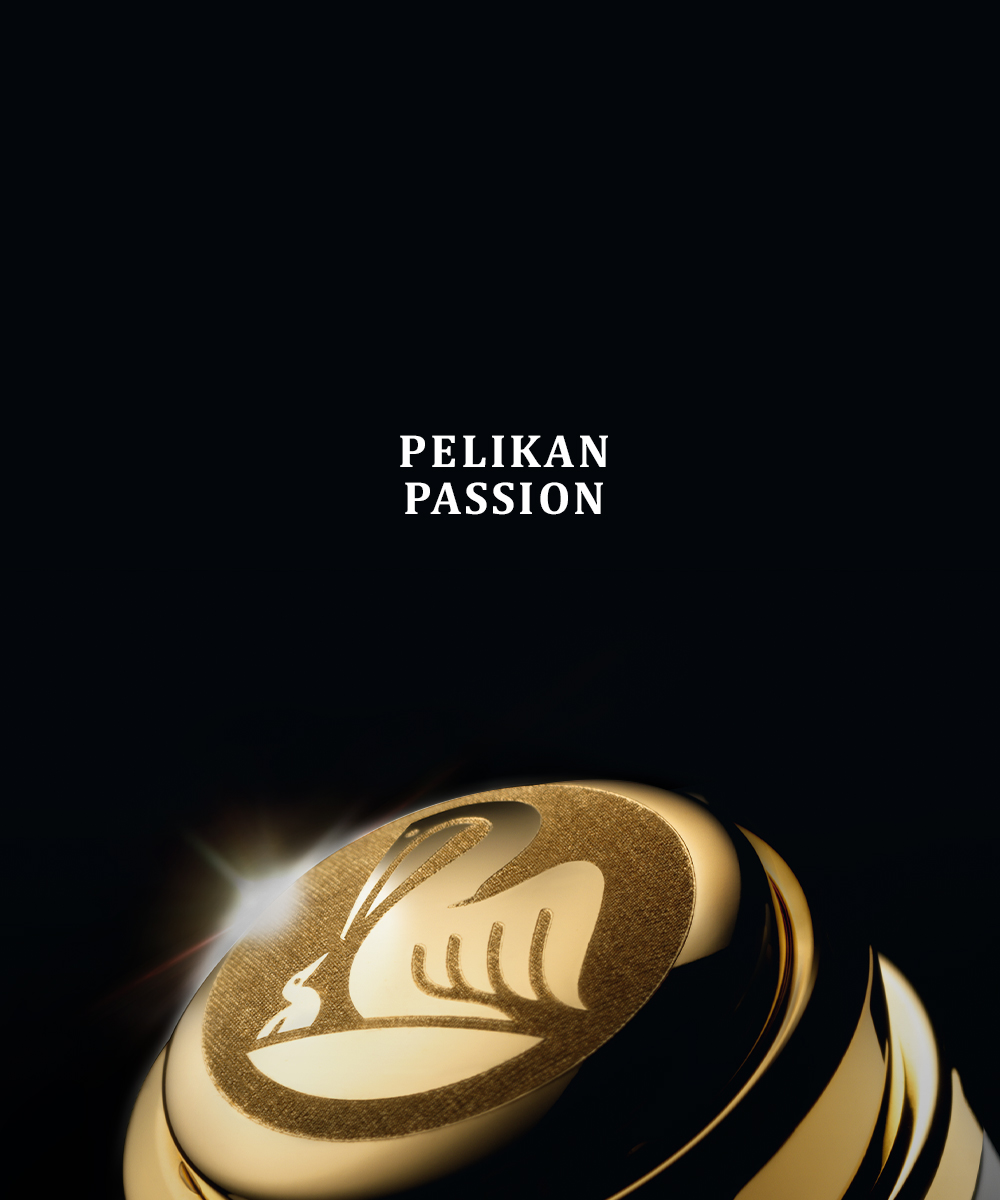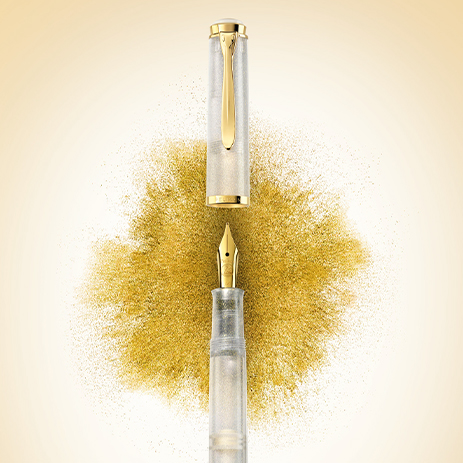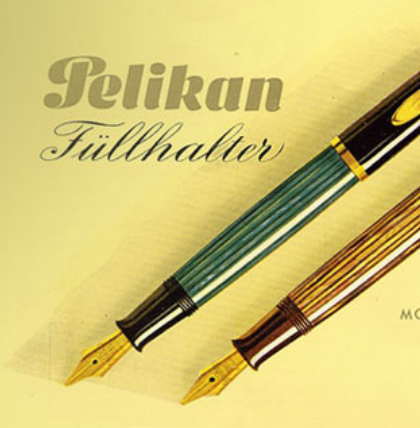
A fountain pen with tradition. The body made of high grade metal shows a hand carved ornament and was treated with an elaborate damascening technique.
Year

2007
Precious artwork in Spanish style The art of working with Damascene steel goes back thousands of years. It means that steel or iron objects are decorated by engraving a pattern into the surface. Next, a thin sheet of gold will be placed over the pattern and will be embossed deep into the material with the help of a little hammer. In order to show the newly filled pattern, the object will then be heated to approximately 800°C. By doing so, the steel surfaces will oxidize and turn black, while the gold starts to shine. This technique traveled with the Arabs into Spain and has been perfected throughout the centuries, particularly in the famous Spanish town Toledo.
In the year 1931 Pelikan adopted this technique for the Toledo model with so much success that the design has remained virtually unchanged throughout the years. Today the decorative sleeve is made of one piece in Sterling Silver. It is treated carefully in various different steps until the motive is covered with a layer of gold (or palladium to obtain a silver surface). Every Toledo fountain pen is a unique piece made in Germany. This is because the tiny engravings in the motif are made by hand, making each Pelikan feather come alive. Due to the high amount of work, a maximum of 200 pieces are able to be created per month. The cap and front piece as well as the end piece are made of red high-quality resin.
If you own a Toledo fountain pen, you own a piece of art and a small piece of history.

2008
Precious artwork in Spanish style.
The art of working with Damascene steel goes back thousands of years. It means that steel or iron objects are decorated by engraving a pattern into the surface. Next, a thin sheet of gold will be placed over the pattern and will be embossed deep into the material with the help of a little hammer. In order to show the newly filled pattern, the object will then be heated to approximately 800°C. By doing so, the steel surfaces will oxidize and turn black, while the gold starts to shine. This technique traveled with the Arabs into Spain and has been perfected throughout the centuries, particularly in the famous Spanish town Toledo.
In the year 1931 Pelikan adopted this technique for the Toledo model with so much success that the design has remained virtually unchanged throughout the years. Today the decorative sleeve is made of one piece in Sterling Silver. It is treated carefully in various different steps until the motive is covered with a layer of gold (or palladium to obtain a silver surface). Every Toledo fountain pen is a unique piece made in Germany. This is because the tiny engravings in the motif are made by hand, making each Pelikan feather come alive. Due to the high amount of work, a maximum of 200 pieces are able to be created per month. The cap and front piece as well as the end piece are made of yellow high-quality resin.
If you own a Toledo fountain pen, you own a piece of art and a small piece of history.

2011
The technique of damascening was formerly used to decorate steel or iron. The Arabian people passed this technique on to the Spanish, where it was brought to perfection, particularly in Toledo. In 1931, Pelikan took over this workmanship for high-quality writing instruments and named the model by the town.
Toledo by Pelikan is the epitome of the highest standards and exclusiveness. The production of each specimen is a process of elaborate handwork, for which reason only 200 writing instruments can be made per month.

2012
The art of working with damascene steel goes back thousands of years. It means that steel or iron objects are decorated by engraving a pattern into the surface. This technique was brought by the Arabs into Spain.
In the year 1931, Pelikan launched the very first Toledo fountain pen. To this day, the Pelikan Toledo is an expression of the highest degree of exclusiveness because the tiny engravings in the motif are made by hand. Due to the high amount of work, a maximum of 200 pieces can be created per month. Each piece is signed and individually numbered by the master craftsman who created it.
Contrary to the standard collection in gold, this Special Edition shows the decorative sleeve in its shiny Sterling Silver surface and with a different motive. The large size of the model 910 is perfect for people who like to write a lot as they don't have to refill their fountain pen often.
The rings are also made of Sterling silver, while the clip is made of German silver. Both the rings and the clip are covered with a protective sheen of palladium. The nib is made of 18 carat gold and completely covered by rhodium to get a silver sheen. Each fountain pen comes inside an attractive gift box and with a booklet.
This unusual writing instrument is handmade in Germany and was available 2012 for a limited time.


